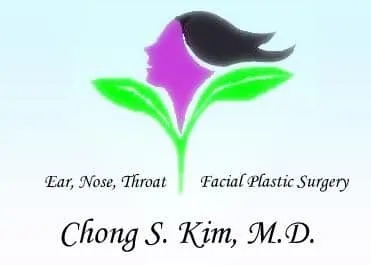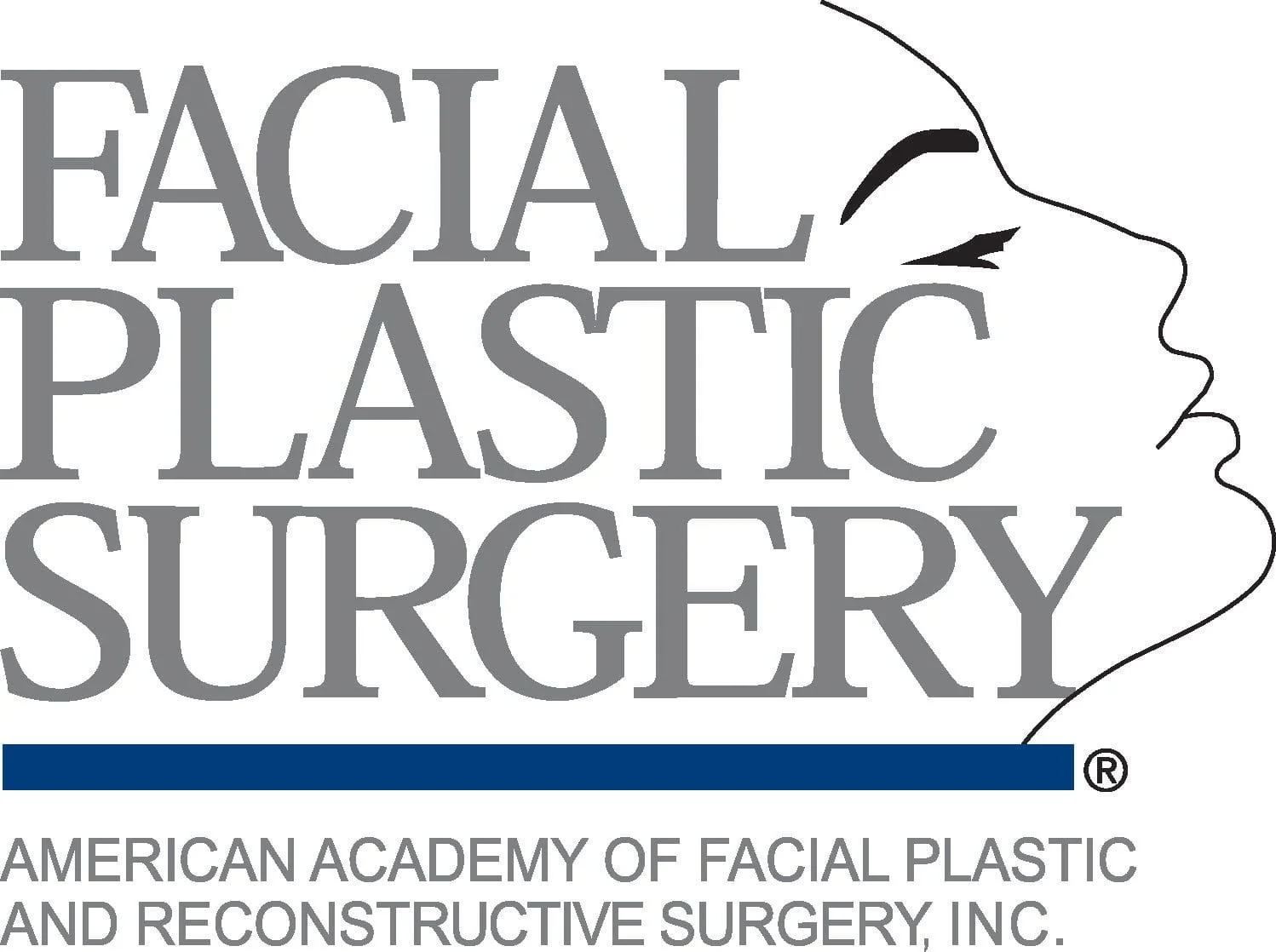Bell's palsy is a form of facial paralysis or weakening that develops suddenly and with no known etiology. Bell's palsy is associated with irritation or damage to the 7th (facial) cranial nerve; this nerve may become swollen and inflamed due to viral infections, trauma to the facial nerve, or pressure exerted by a tumor. In most cases, the disorder is temporary and resolves by itself, although it can recur on the same or the other side of the face.
With or without treatment, 85% of patients begin to get significantly better within 2 weeks, and most recover completely within 3 months. For some, however, the symptoms may last longer. In a small population of patients, the symptoms may never completely disappear and complete paralysis is permanent. In a larger population, some weakness or synkinesis (involuntary movement) is permanent. Failure of the facial nerve to recover may cause symptoms such as tearing while chewing, blinking while trying to smile, twitching, nasal obstruction, and facial spasms.
Bell’s palsy afflicts approximately 40,000 Americans each year. It can strike almost anyone at any age; however, it disproportionately attacks pregnant women and people who have diabetes, influenza, a cold, or some other upper respiratory ailment. Most cases are probably caused by the common cold sore virus, herpes simplex, according to recent research conducted in Japan.
Symptoms of Bell’s Palsy
Bell’s Palsy can impair eating, blinking, smiling, and other facial functions, causing great inconvenience and distress. An important consequence of facial paralysis is an inability to close the affected eye. Excessive tearing ("crocodile tears") and drooling are other common impairments caused by damage to the nerve. Many patients also become hypersensitive to sound in the affected ear, and unable to taste certain foods. Individuals with Bell’s palsy may experience sudden weakness on one or both sides of the face, and may be unable to smile on the affected side, puff out the cheeks, or wrinkle the brow. Rarely, individuals may feel pain around the jaw and behind the ear, and have ringing in one or both ears.
How is Bell’s Palsy Treated?
There is no curative treatment for Bell's palsy. Treatments include steroid therapy, antiviral medications, surgical decompression of the facial nerve, and rehabilitative surgical procedures including gold weight and facial reanimation surgery.
Surgical Procedures for Bell's Palsy
Surgery may be recommended to relieve pressure on the facial nerve if the paralysis is complete and electrical testing indicates that it is necessary. This involves removal of bone around the nerve in order to decompress the facial nerve.
Rehabilitative Surgical Procedures
Tiny gold weights may be implanted in the eyelid to help close the lid when the muscles relax. This rehabilitative procedure, performed by our plastic surgeons, is often done early in cases of complete paralysis as it is easy to do, easy to remove, and it effectively protects the eye.
Facial reanimation surgery, such as facial hypoglossal grafting (under the tongue) to improve the symmetry of the face can be considered in selected patients. Muscle slings/ temporalis reanimation can also be done. Brow lifts and eyelid surgery (blepharoplasty) can help the eye close properly.
Medical Therapies for Bell's Palsy
Corticosteroid medications may be prescribed to reduce inflammation around the facial nerve. Antiviral medications may be used to fight viral infections such as Ramsay Hunt in some patients.
Pain may occur along the sensory distribution along the nerve, primarily in a silver-dollar sized area behind the ear. In Ramsay Hunt's disease, the pain may also occur on the face and temple. Analgesics (and moist heat) may be used to reduce pain.
Protecting the Eyes in Bell’s Palsy
Since facial paralysis may decrease or prevent blinking, it is very important keep the eye moist and protected from injury. If the eye is not protected, foreign objects may become lodged in it, the cornea may become too dry, ulcers or infection may develop, and the eye may become permanently damaged or even lost. Artificial tears are administered during the day and ointment is used at night; the eye may also be taped shut.



